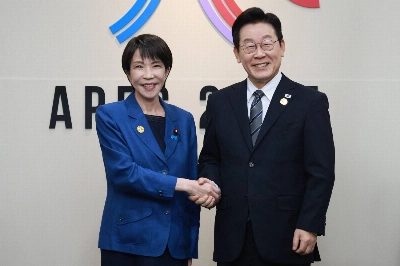Falling birthrates and aging populations -- largely consequences of affluence and longevity -- are a common phenomenon in industrialized countries. Japan is no exception, yet it stands out as an extraordinary case, historically as well as globally. To our knowledge, few countries have experienced such a rapid graying of society as Japan has.
Fittingly, this year's economic white paper deals with this problem in a chapter headed "Challenges to the Aging and Falling Population." The report says the nation's "total fertility rate" -- the average number of babies a woman is expected to bear in her lifetime -- has been declining since 1947 when it had reached its peak of 4.54.
The rate has since continued to drop, hitting a record low of 1.32 in 2002. Demographers say a woman needs to bear more than two babies on average if the nation's population is to remain at its existing level. Given the continuing fall in the fertility rate, they say, the population will begin shrinking after 2006 when it is expected to peak at slightly above 127.7 million.

















With your current subscription plan you can comment on stories. However, before writing your first comment, please create a display name in the Profile section of your subscriber account page.